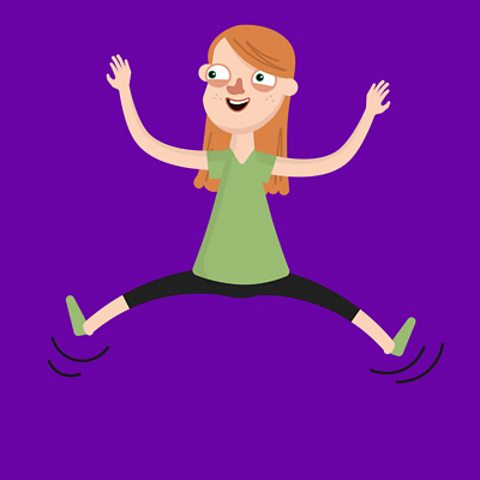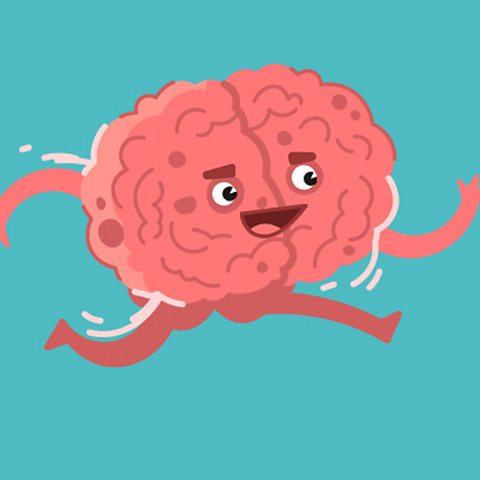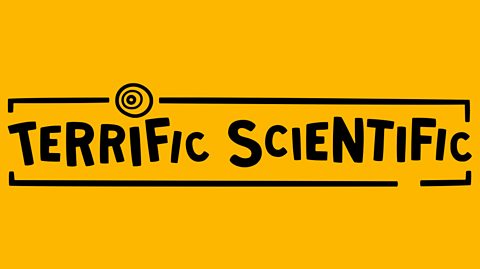
What happens when I exercise?
Our body goes through a lot of changes when we exercise. But why?
Click the labels below to find out more!
What does food do for me?
Food is awesome. ItÔÇÖs delicious and gives us the fuel we need to live and grow. But did you know that some foods are particularly good for different parts of your body?
For example, calcium is essential for healthy bones, and protein helps you grow and build muscle.
This is why it's important to maintain a balanced diet: to make sure your body gets all of the things it needs. So let's take a look at some of the foods that help serve your brain, muscles, bones and heart.
Food for thought and munch for the muscles!
Which foods help develop these different parts of your body?
Click the labels and find out!
What affects my mood?
Many elements of your daily life can impact upon your mood.
Explore the icons below and to find out more about some of them
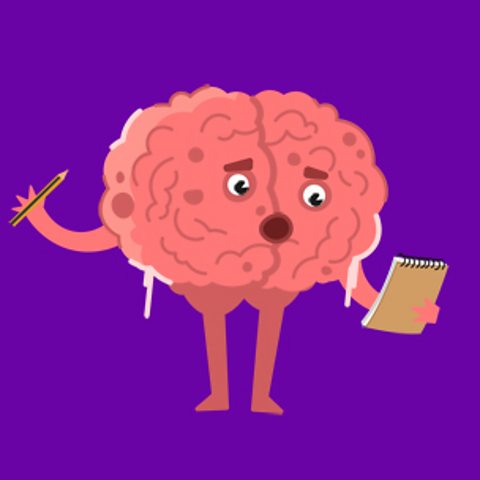
The terrifically tricky memory game
Eight random objects, gently travelling along the Terrific Scientific conveyor belt. How difficult can it be to remember what they were?
Find out by watching the short film on this page, and then taking the three terrifically tricky memory tests.
The marvellous memory conveyor belt
Watch the film carefully and try to remember the objects on the conveyor belt, and the order in which they appear.
Watch the film carefully and try to remember the objects on the conveyor belt, and the order in which they appear.
The fairly easy first test
Hope you were paying attention! Click on the picture below to play the first memory game. Can you sort the five objects that appeared in the film from the five that didn't? How hard can that be?
The slightly trickier second test
Click on the picture below to take our slightly trickier memory test. Make sure you have watched the film first. Can you place the four objects in the order that they appeared on the conveyor belt? That sounds fairly easy.
The truly taxing third test
Perhaps you thought the first two tests were easy. If you did, then try this final and incredibly difficult memory test. Can you place all eight objects in the order that they appeared on the conveyor belt?
For advanced memory champions only!
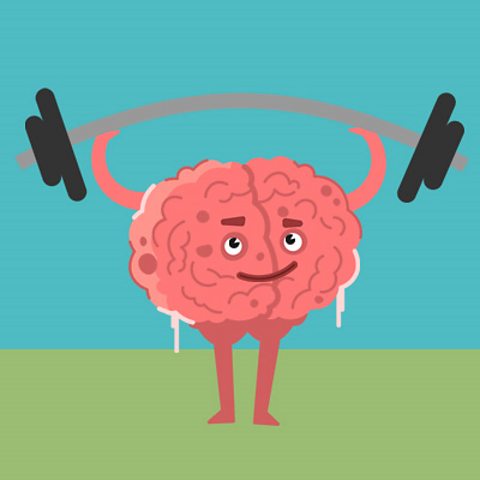
How do I train my brain?
When you hear the word ÔÇÿtrainingÔÇÖ, your head probably fills with images of gyms and football pitches. But did you know you there are ways to train your brain?
What you do at school is, ultimately, brain training. You learn new things, repeat and remember them when you need to, and get to put them into practice in different situations.
Two things that are particularly helpful when youÔÇÖre trying to learn something are: the art of remembering concepts (for tests and exams, for example) and the ability to really focus on what you're doing.Let's see how you can do that.
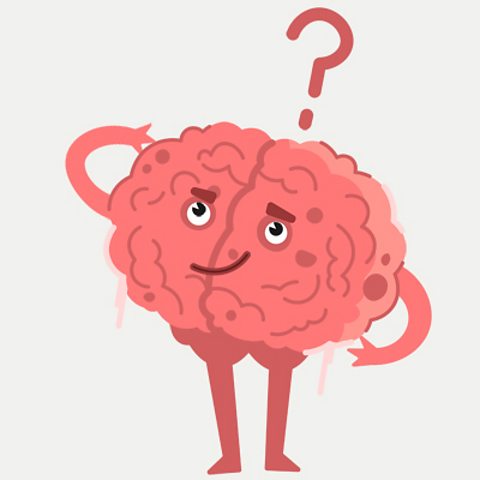
Two handy friends
What is working memory?
Working memory is the brainÔÇÖs way of storing and remembering information over a very short period of time in order to carry out tasks at hand.
It is often described as being similar to a sticky note, because it can store small amounts of information and it is only temporary. Your working memory helps you with everyday things such as having a conversation and reading a book. Some of the more important information it stores can pass into long term memory, which seems to last forever.
What is concentration?
When you concentrate, you focus all of your attention onto one thing, and you ignore everything else. Concentration can be compared to a highlighter. When you highlight something, you are focusing in on just that word, and you are ignoring all the other words, pictures and diagrams on the paper.
If you focus in on the important things, and avoid any distractions, then you can put all your effort into any task. Concentration is not just something you have to do in school. Everybody, from athletes to musicians to scientists, needs to concentrate in order to succeed.
Tips and tricks
Click on the image below to find out more about how you can boost your memory and concentration.
Six brilliant brain facts
Which animal has a brain five times the size of a human brain, and where's the biggest collection of brain samples?
Click on the picture below to find out!
Oxygen's amazing journey
The food we eat contains energy stored as fat or carbohydrate. To power our bodies, these need to be broken down and react with oxygen. So how is oxygen carried all around your body, and where does it go?
Click on the picture below to find out.
How can some animals breathe without lungs?
Respiration is a very important process for living things, because it gives them the energy needed to live and grow.
Without lungs, humans wouldnÔÇÖt be able to breathe and carry out respiration.But how about other animals?
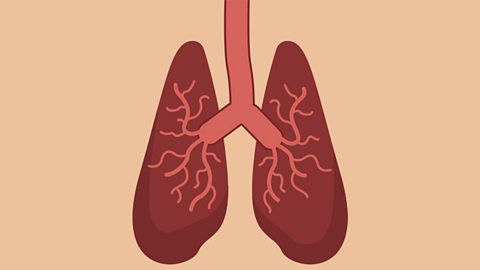
Why do we need lungs?
For respiration to happen, animals need to get oxygen into their bodies and carbon dioxide out of them. In humans, this is what our lungs do, and we call this breathing.
When we breathe in through our nose or mouth, oxygen is taken into our lungs and dissolved into our blood. Blood carries the oxygen and nutrients from food all around the body in the red blood cells.
Respiration takes place in the cells of the body where energy is needed, and the carbon dioxide created in the process is breathed out.
Living without lungs
All mammals, reptiles, birds and most amphibians have lungs, but most fish and all insect species don't have them.
Click on the images below to find out how these animals breathe.
Did you know that, although insects don't use lungs, their method of breathing oxygen stops them from growing very large? But, if the amount of oxygen in the air increased, insects would be able to grow to larger sizes. 300 million years ago, there was much more oxygen in the air. Flying insects such as the Meganeura lived at this time, and they were similar to modern dragonflies. However, the large amount of oxygen in the air meant that they were about the same size as pigeons!
